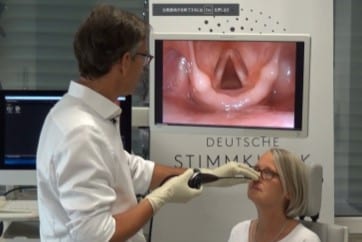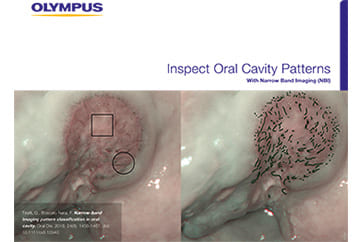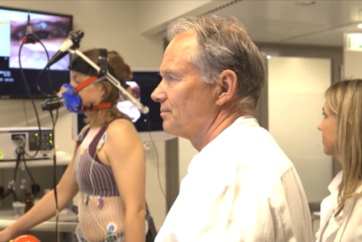ANESTHESIA
General Remarks
Topical anesthesia can help a lot and is frequently necessary if a good-quality recording is to be achieved.
In our office, anesthesia of the oral cavity and/or nasal cavity is used routinely.
But, before administering topical anesthesia
Ask about any history of allergic reactions (extremely rare for lidocaine)
Ask for patient’s general health condition and history concerning medication.
Explain the effects of topical anesthesia, e.g. when anesthetizing the pharynx: “First it might burn for some seconds, then you will taste the medicine and for some minutes you will experience a sensation of swelling and an inability to swallow – this all is just a sensation, nothing like that will actually happen”.
A burning sensation comes from the alcohol as a component of some lidocaine products. In children, use anesthesia without alcohol.
List of Some Useful Topical Anesthetics:
Nose:
- Lidocaine 2%, 4%
- Tetracaine
- Procaine
Pharynx, Larynx:
- Lidocaine 2%, 4%, 10%
- Tetracaine
- Procaine
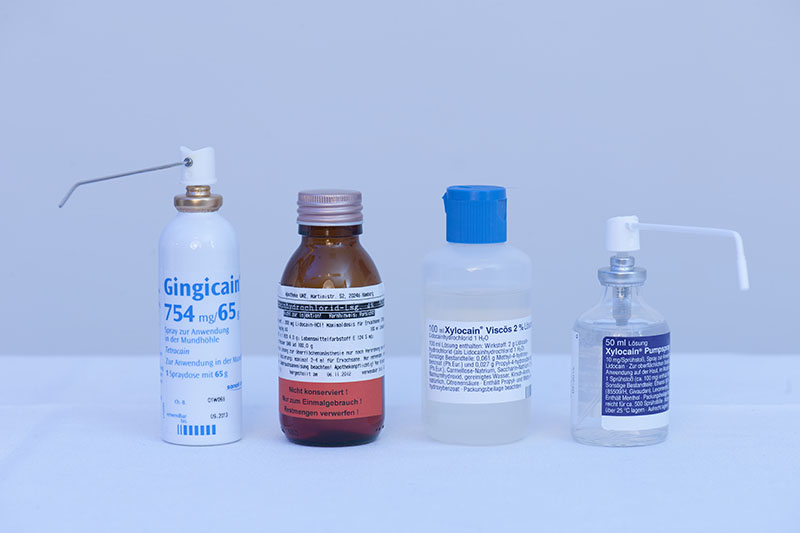
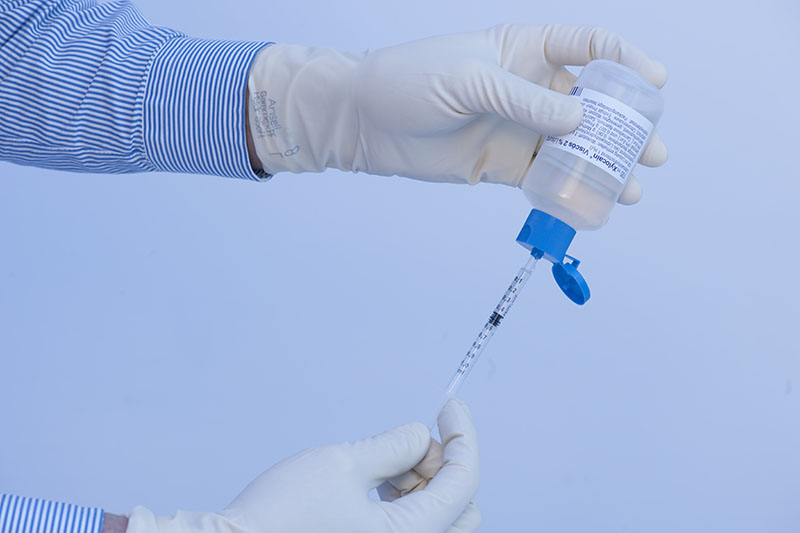
Anesthetizing the Oropharyngeal Region ·
To anesthetize the oropharynx depress the tongue with a spatula.
Ask the patient to say “aaah” and spray the velum, posterior pharynx and right and left faucial pillars.
Count the squirts and keep the daily maximum dose of local anesthesia in mind.
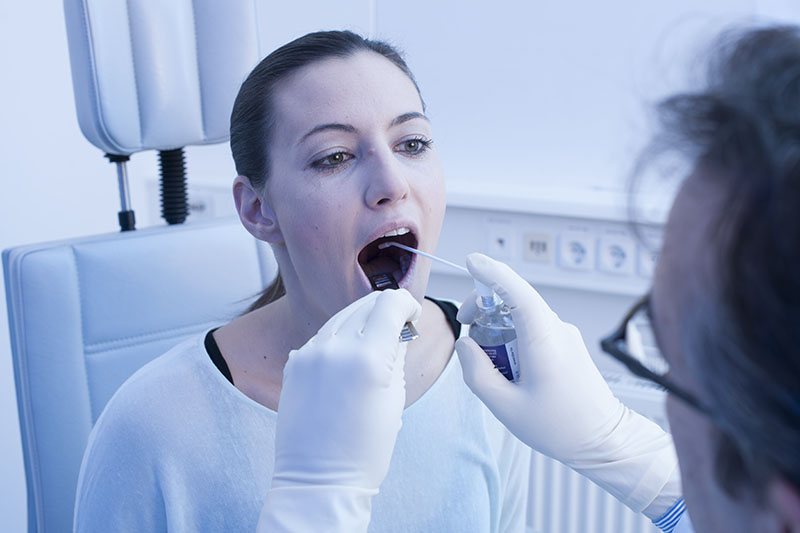
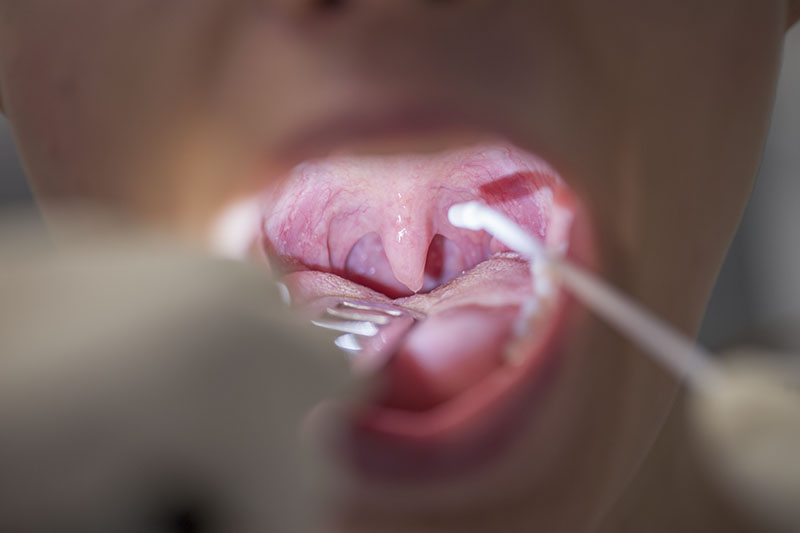
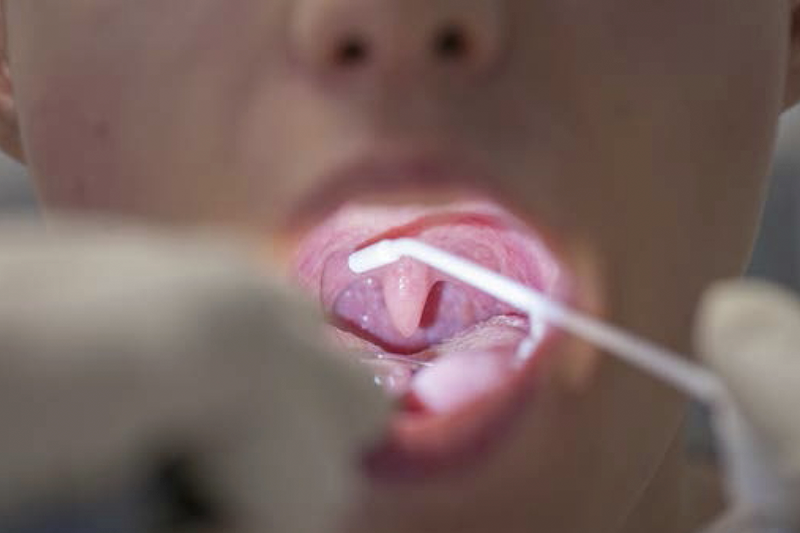
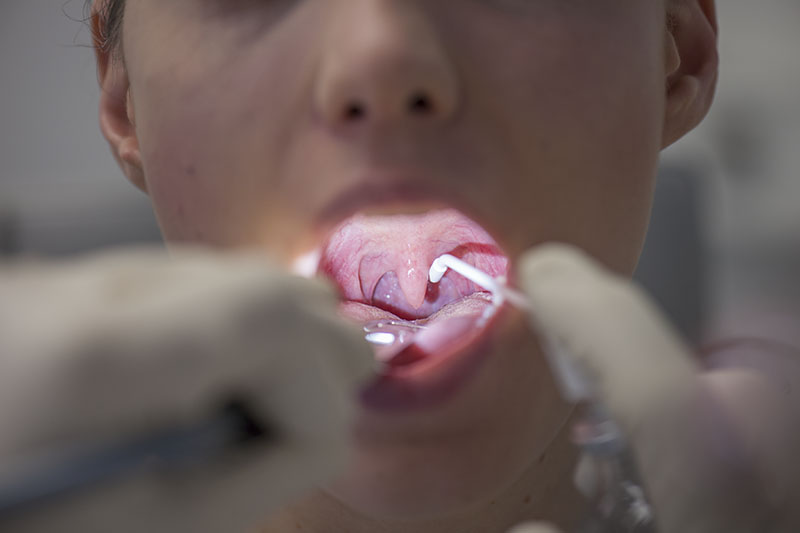
Anesthetizing the Nasal Cavity
The nasal cavities are frequently asymmetrical, with one side being narrower than the other. Check both sides before inserting an endoscope.
When anesthetizing the nasal cavity choose the side with a larger aperture in the vestibulum and anterior nasal cavity.
Open the nostrils with a speculum and spray decongestant and local anesthetic into the lower and middle nasal meatus.
Keep in mind that there is a daily maximum dose for local anesthetic agents.
When choosing the side, also consider whether a particularly clear view of the left or right vocal fold is necessary – then you should choose the contralateral nasal cavity to pass the endoscope.


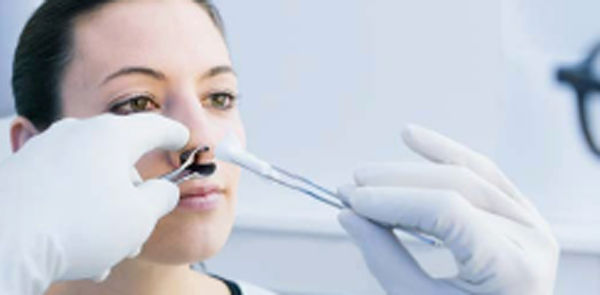
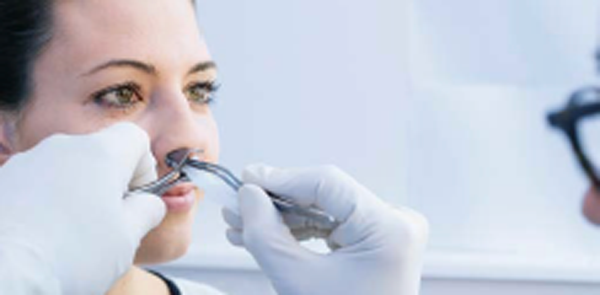
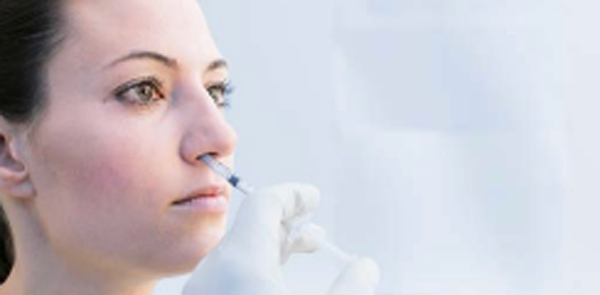
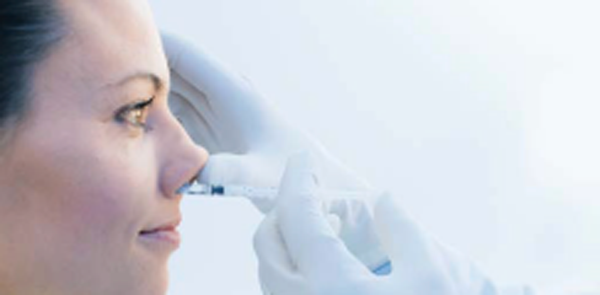
Anesthetizing the Larynx
Anesthetizing the larynx can be very helpful in patients with a pronounced gag response.
It is recommended for flexible endoscopy of the subglottis and trachea.
It is obligatory in indirect phonosurgery.
When spraying the larynx you may want an angled spray nozzle. The standard spray nozzle can be re-shaped to suit the individual patient.

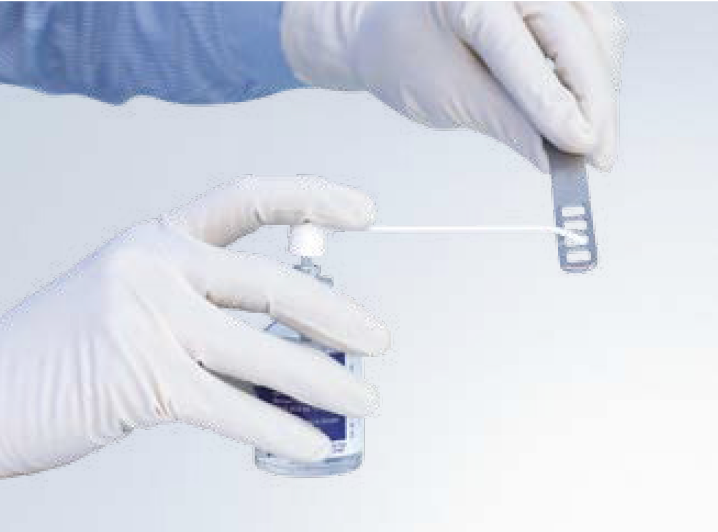
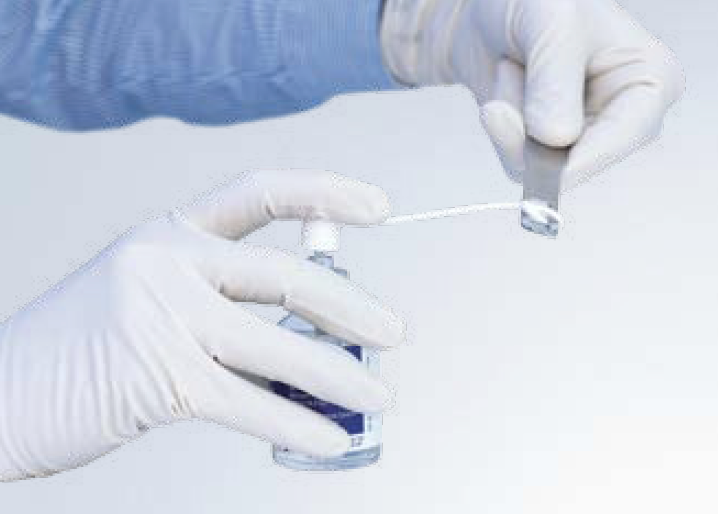
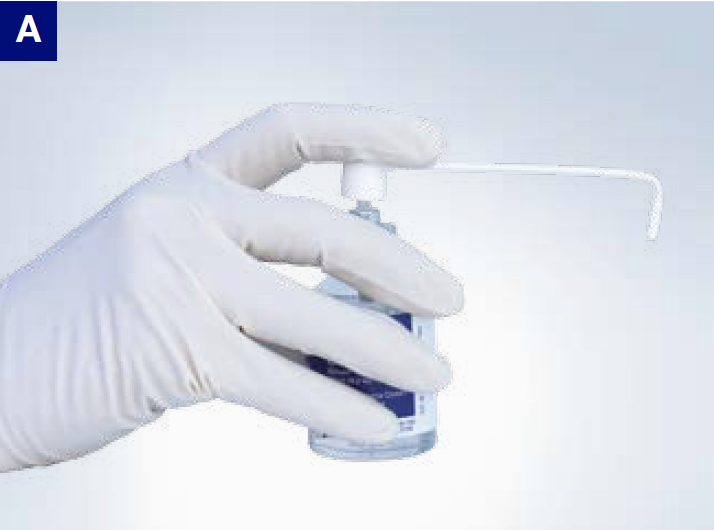

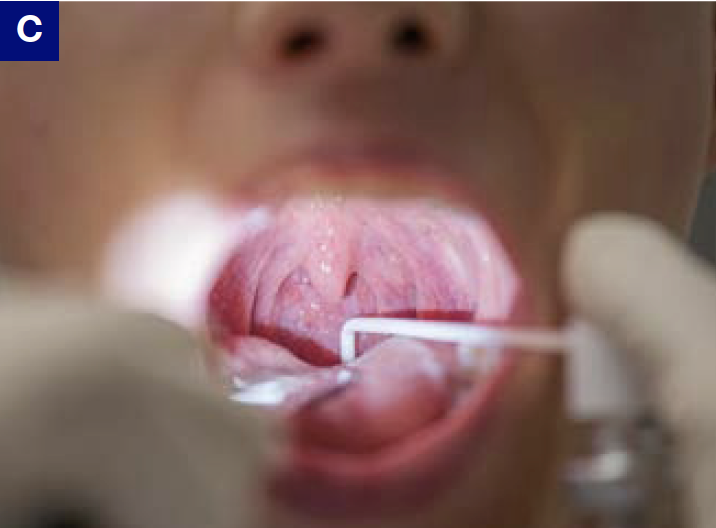
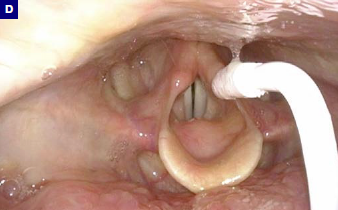
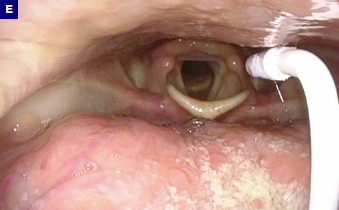
- Content Type

